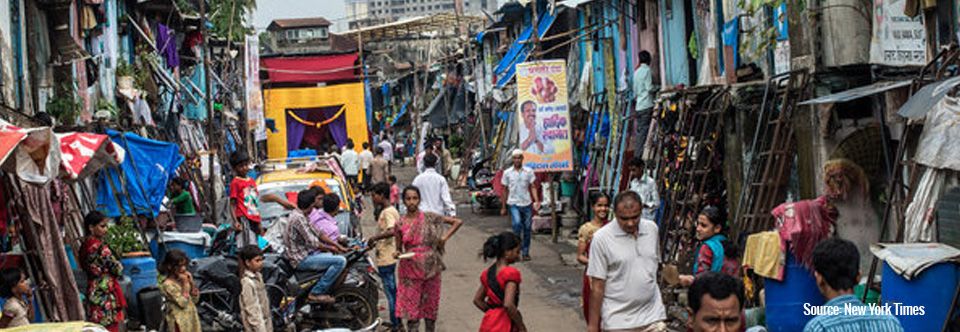Designing out crime
The inspirational American-Canadian journalist and author,
Jane Jacobs, gave us the concept of the ‘eyes on the street’ and we’ve been
reminded of this concept with some recent and contrasting developments in
Australia and India.
But could we use similar design and logic to achieve better
safety outcomes in both places?
The City of Melbourne has just endorsed its Beyondthe Safe City Strategy 2014-17 which aims to achieve a vision ‘where people
feel safe, connected and able to participate in city life at any time of the
day or night’.
‘Safer by design’ is one of the seven key principles which
underpin the strategy and some of the
actions include carrying out gender analyses and gender equity audits of public
spaces to help identify, understand and address the different safety needs and
issues for women and men.
The City of Melbourne works to utilise the principles of
crime prevention through environmental design. While Melbourne advances its
integrated approach, over in India there are major challenges in this area, but
the key principles could still be applied.
New Delhi has landed itself with the disgraceful moniker of
the rape capital of India.
While there may be many cultural issues at play for New
Delhi, NeilPadukone in the Atlantic City Lab says perhaps one issue which has not been
well considered is the role urban design can play in safety.
He says like many Indian cities, New Delhi has lots of
‘single use’ design, which may have had its roots in a positive agenda such as
ensuring people didn’t live right next to industrial developments, but it is
creating an unsafe environment in other ways.
Right now it is very hard to travel around by foot, bike or
even public transport given the great distances between different parts of the
city. The greenery and parks are so thick and overgrown that they don’t provide
respite or safety, instead they can hide what goes on and the lighting is poor
at night.
These limitations are not helping people feel safe – nor in
reality are they safe.
Rather than following the American path of suburban sprawl,
the face of Delhi could be improved with some mixed-use development.
Mixed use planning would enable women and girls to feel
safer when they go about the normal business of daily life; going to work,
taking the children to school, socialising etc. There would need to be
commitment to change which includes more opportunities for ‘eyes on the
street’, through the integration of social, industrial, retail and residential
spaces with far better access by foot.
Not only are these approaches better for the environment,
but they also provide access to a greater number of work opportunities – the more
people are around and watching the safer you will feel and be.
As Padukone suggests it will be interesting to see how
tightening economic circumstances with large growth in the city, provides the
opportunity to rethink suburbia and prioritise safety and liveability.



Comments
Post a Comment